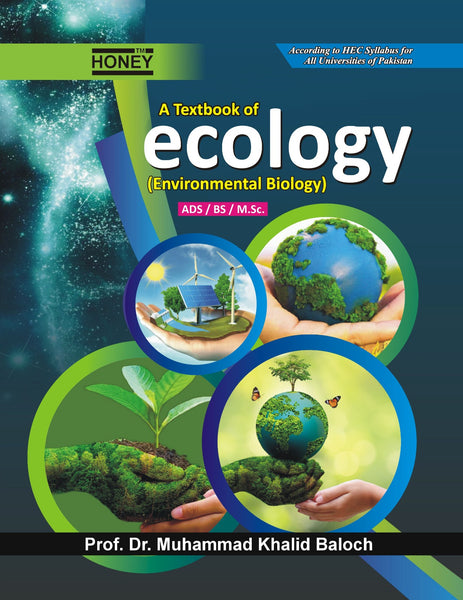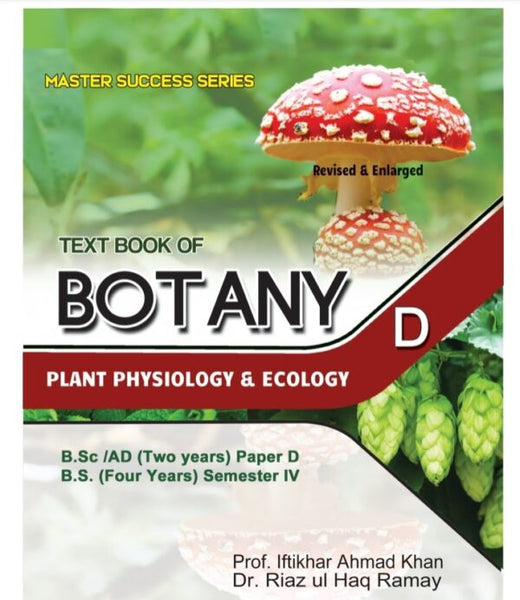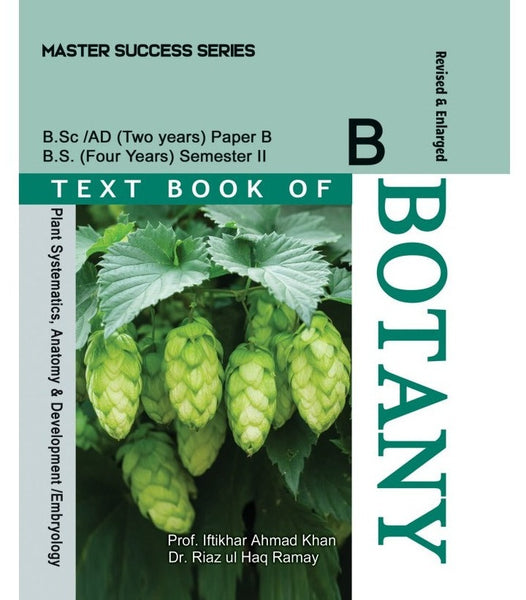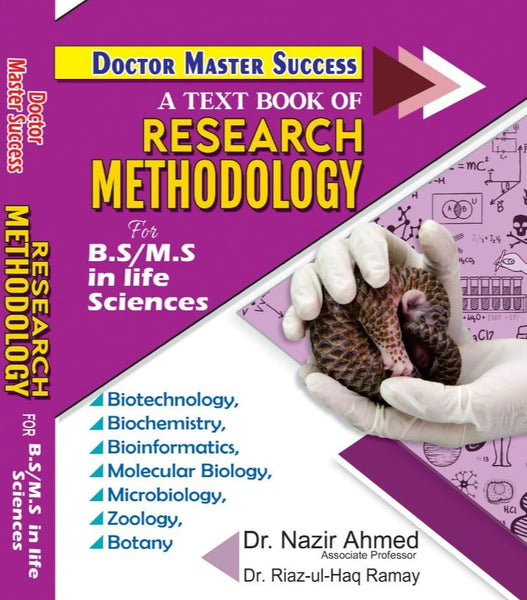Advances In Cotton Science: Botany Production And Crop Improvement by Ratikanta Maiti Aruna Kumari
- Publisher: BOTANY
- Availability: In Stock
- SKU: 49019
- Number of Pages: 353
Rs.540.00
Rs.690.00
Tags: Advances , affordable prices , Agronomy , best books , best books online , Best Price , best prices , Best Selling Books , best shop , Biotechnology , Book Shop , Book shopping , bookshop , bookshop Multan , bookshop near me , bookshop online , bookshop online Multan , bookshopPakistan , Botany , buy online books , Climate Resilience , Convenient Shopping , Cotton , Crop Improvement , Crop Traits , digital shopping , Economic Development , Environmental Impact , Farmer Empowerment , Fiber Quality , Genetic Engineering , Genetics , Genome Editing , Genomics , good books , good booksonline , Innovation , Integrated Pest Management , Internet Shop , Kumari , Livelihoods. , Maiti , Market Linkages , Molecular Breeding , one stop shop , Online Book Shop , ONLINE BOOKS , Online Books Shop , online books store , Online Bookshop , Online Bookshop Pakistan , online bookstore , online shop , online shopping , Online Shopping Pakistan , OnlineShoppingPakistan , Pakistan Bookshop , PakistanBookshop , PakistanOnlineShopping , Pest Resistance , Precision Farming , price cut , price-friendly Comprehensive , Production , ReasonablePrice , reduced price , Research , Science , secure shopping , Shopping , ShopSmartPakistan , Soil Health , Sustainability , Technology , Textile Industry , Value Addition , Virtual Shop , Yield Enhancement
Cotton, a significant global crop, has witnessed remarkable advancements in various scientific aspects, encompassing botany, production, and crop improvement. Understanding its botanical characteristics, optimizing production techniques, and enhancing crop traits have been pivotal in bolstering its yield and quality. This paper delineates ten key points elucidating the recent strides in cotton science, from molecular breeding to sustainable cultivation practices.
1. Molecular Breeding Recent advancements in molecular breeding techniques have revolutionized cotton improvement programs, facilitating the development of high-yielding, disease-resistant, and climate-resilient cultivars.
2. Genomic Studies In-depth genomic studies have unraveled the genetic makeup of cotton, elucidating key genes responsible for desirable traits, paving the way for precise breeding strategies.
3. Biotechnological Interventions Biotechnological interventions, including genetic engineering and genome editing, offer promising avenues for enhancing cotton's agronomic traits, such as fiber quality, pest resistance, and drought tolerance.
4. Sustainable Agronomic Practices The adoption of sustainable agronomic practices, such as precision farming, conservation tillage, and integrated pest management, has contributed to minimizing environmental footprint while optimizing yield and quality.
5. Climate Resilience Efforts to develop climate-resilient cotton varieties capable of withstanding environmental stresses, including drought, heat, and salinity, are crucial for ensuring stable production amid changing climatic conditions.
6. Fiber Quality Enhancement Advances in fiber quality enhancement encompassing fiber length, strength, and micronaire value have bolstered cotton's competitiveness in the global textile market, meeting the evolving demands of the industry.
7. Pest and Disease Management Integrated pest and disease management approaches integrating biological, cultural, and chemical control measures have been instrumental in mitigating yield losses and reducing reliance on synthetic pesticides.
8. Soil Health Management Emphasis on soil health management practices, such as cover cropping, crop rotation, and organic amendments, fosters soil fertility, structure, and microbial diversity, thereby optimizing cotton productivity sustainably.
9. Value Addition Value addition initiatives targeting by-products of cotton, such as seed oil, hulls, and biomass, offer additional revenue streams for cotton growers while minimizing waste and enhancing resource utilization efficiency.
10. Farmer Empowerment Empowering cotton farmers through capacity building, access to innovative technologies, market linkages, and financial support schemes is imperative for fostering socio-economic development and ensuring livelihood security in cotton-growing regions.
In conclusion, the multifaceted advancements in cotton science spanning botany, production, and crop improvement hold immense promise for enhancing the sustainability, productivity, and profitability of cotton cultivation, thereby contributing to global food security and economic prosperity.
════ ⋆★⋆ ════
Writer ✤ Ratikanta Maiti,Aruna Kumari,Abul Kalam Sumsul Huda,
Dabashis Mandal,Sameena Begum





















